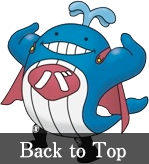| 9th Century | Whaling starts in Norway, France, and Spain |
|---|---|
| 12th Century | Hand-harpoon whaling starts in Japan |
| 1606 | Hand-harpooning whaling by organized groups starts in Taiji, Japan |
| 1612 | Hand-harpooning of Baird's beaked whales starts in Chiba Prefecture, Japan (near Wadaura) |
| 1675 | Whaling using nets begins in Taiji, and spreads to Shikoku and Kyushu, contributing to rapid expansion of whaling |
| 1712 | Sperm whaling starts in the U.S. (US-style whaling) |
| 1838 | Organized whaling using nets starts in Ayukawa, Japan |
| 1864 | Modern whaling is developed in Norway |
| 1868 | With harpoon guns completed in Norway, Norwegian-style whaling starts |
| 1879 | A storm claims the lives of 111 whalers from Taiji. This incident prompts transition from net whaling to modern whaling |
History of Whaling
Chronology of Whaling
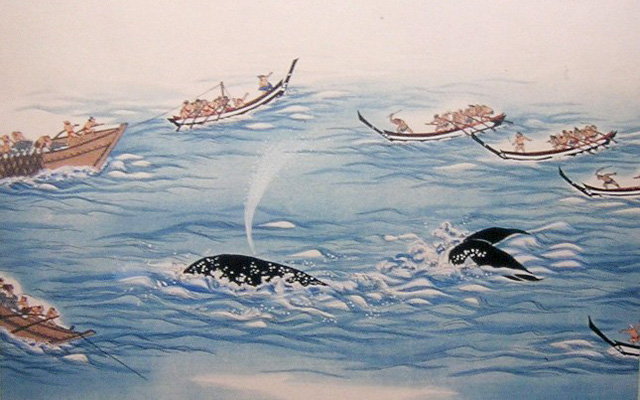
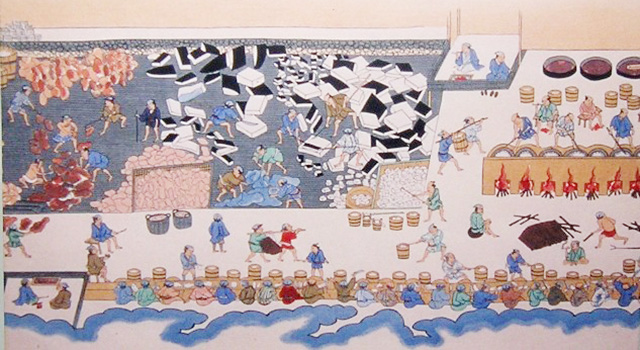
| 1899 | Japan starts Norwegian-style whaling |
|---|---|
| 1903 | The world's first whaling factory ship (Netherlands) sails out to Spitsbergen sea |
| 1904 | Norway sets up a whaling station in South Georgia Island; Whaling begins in Antarctic Ocean |
| 1905 | First whaling factory ship sails to Antarctic Ocean |
| 1906 | Full-scale modern whaling starts in Japan with construction of modern whaling station in Ayukawa |
| 1925 | A mother ship equipped with a slipway goes on whaling for the first time |
| 1931 | First International Whaling Convention is signed |
| 1932 | Claws (tail fin pinchers) appears |
| 1934 | Japan enters mother ship-type whaling in Antarctic Ocean |
| 1940 | U.S. quits whaling |
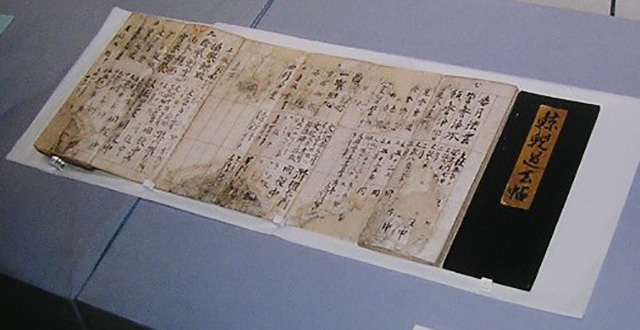
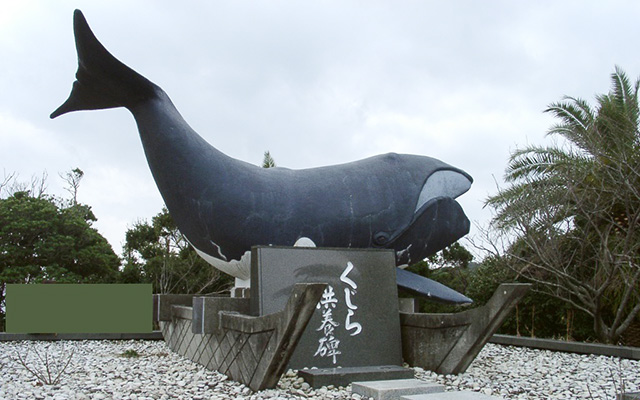
| 1941 | Japan suspends mother ship-type whaling upon the outbreak of World War II |
|---|---|
| 1946 | International Convention for the Regulation of Whaling is signedJapan resumes whaling in Antarctic Ocean |
| 1948 | International Whaling Commission (IWC) is established |
| 1949 | 1st IWC meetings are held |
| 1951 | Japan joins IWC |
| 1959 | Olympic system is abolished; Self-declared whaling starts |
| 1962 | Country quota system starts |
| 1963 | Hunting of humpback whales in Antarctic Ocean is bannedUK quits whaling |
| 1964 | Hunting of blue whales in Antarctic Ocean is banned |
| 1972 | Resolution calling for 10-year moratorium on commercial whaling is adopted at United Nations Conference on Human Environment Blue Whale Unit system is abolished; Catch quota by whale type system startsNorway withdraws from whaling in the Antarctic OceanJapan starts minke whaling |
| 1975 | New Management Procedure (NMP) is adopted |
| 1976 | Hunting of fin whales in Antarctic Ocean is banned |
| 1978 | Hunting of sei whales in Antarctic Ocean is banned |
| 1979 | IWC adopts an Indian Ocean whale sanctuary |
| 1982 | IWC adopts a commercial whaling moratorium |
| 1985 | Japan withdraws objection to IWC moratorium |
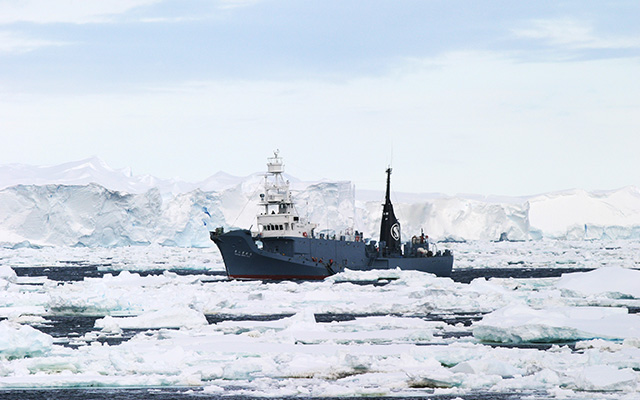
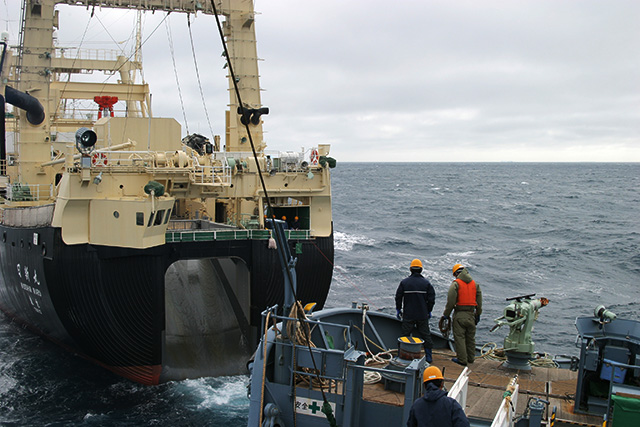
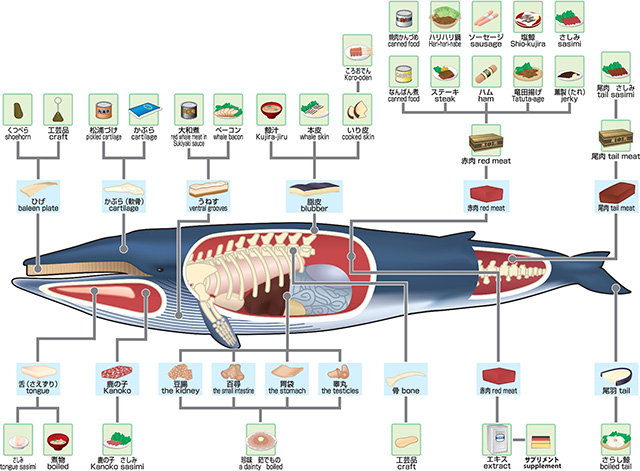
| 1987 | Japan withdraws from Antarctic whaling and starts research whaling (JARPA) |
|---|---|
| 1988 | Japan suspends coastal catching of minke and sperm whales |
| 1990 | IWC estimates population of minke whales in Antarctic Ocean as 760,000 |
| 1992 | Iceland withdraws IWC; North Atlantic Marine Mammal Commission (NAMMCO) is established IWC completes development of Revised Management Procedure (RMP) |
| 1993 | Norway resumes commercial whaling |
| 1994 | IWC adopts southern ocean whale sanctuary |
| 1994 | Japan starts research whaling in northwest Pacific (JARPN) |
| 2000 | Japan starts research whaling (JARPNII) for feeding study |
| 2002 | 54th IWC meeting is held in Shimonoseki |
| 2003 | IWC adopts Berlin initiative |
| 2005 | Japan starts research whaling (JARPAII) |
| 2006 | IWC adopts St. Kitts and Nevis Declaration |
| 2007 | Confrence for the Normalization of the IWC in Tokyo |
| 2012 | IWC Scientific Committee agreed to 515,000 as a new estimate of the abundance of Antarctic minke whales |
| 2014 | ICJ judged to suspend the issuance of special permission for JARPA II implemented by Japan |
| Japan submitted to the IWC Scientific Committee a new research plan in the Antarctic Ocean (NEWREP-A) replacing JARPA II | |
| 2017 | Japan submitted to the IWC Scientific Committee a new research plan in the North-Eastern Pacific Ocean (NEWREP-NP) replacing JARPN II |
| National Law on the implementation of scientific research on whales for the implementation of commercial whaling enforced in Japan | |
| 2018 | Japan notified withdrawal from the International Convention for the Regulation of Whaling and announced resumption of commercial whaling starting July 2019 |
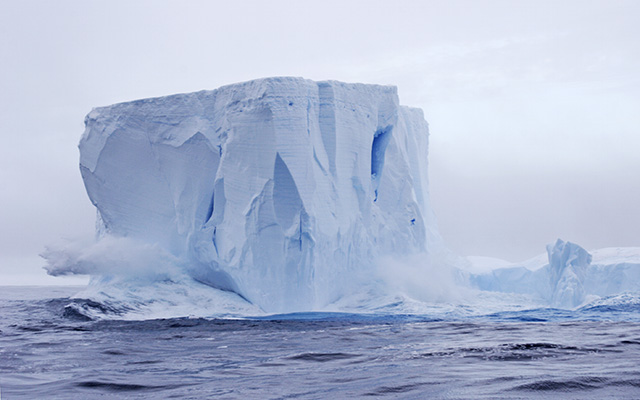
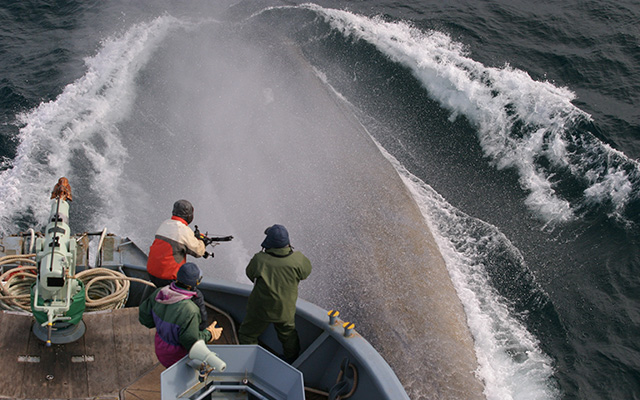
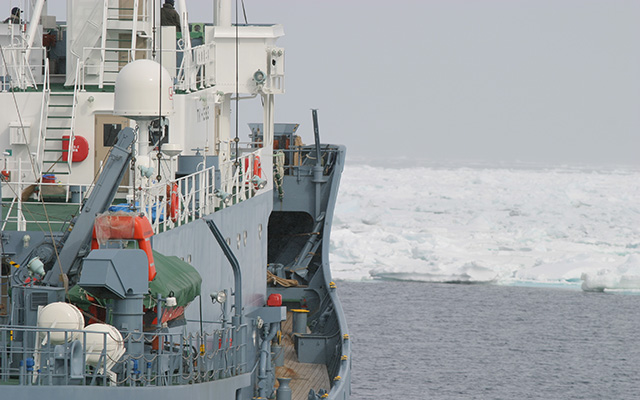
Glossary
Slipway
A slide-like passage installed at the back of a mother ship. It is used to pull up the captured whales. Since slipways enabled slaughter on the deck, operations were greatly streamlined. The invention of slipways was a very important technical innovation in the modern whaling history.
Claw (tail fin pinchers)
A tool for hooking the tail fin of a whale to pull up a large-sized whale on a mother ship. In the era when blue whales and fin whales were the main target, it played an important role to pass the captured whales to a mother ship reinforcing the function of the slipway. It is no longer used for the current research minke whaling.
Olympic system
A "first-come, first take" method of managing whaling, used before the country catch quota system was adopted. In this method each country's fleets competed with other countries to catch as many whales as possible within the world's entire catch quota. Each fleet was required to report the number of captured whales to the International Bureau for Whaling Statistics at Sandefjord in Norway every week. The bureau used this information to forecast the day to reach the catch quota, and notified each fleet the day to stop whaling with a notice of one week. All the fleets had to stop whaling on this day. This method was called "Olympic system." This managing method has led to exhausting the whale resource.
Blue Whale Unit system
A In the heyday of whaling where whale oil was the main object of whaling, whales were counted based on the whale oil potential; one blue whale was equal to two fin, two-and-a half humpbacks, or six sei whales. As a result, most profitable whales were over-exploited, and the population of large sized whales such as blue whales dramatically decreased.
New Management Procedure (NMP)
A whale resource managing system proposed by K. Allen at the IWC meeting in 1974, and applied to Antarctic whaling since 1975-76 season. Also known as MSY (Maximum Sustainable Yield) system. In this procedure, whale resources were divided into three categories; initial management stocks, sustained management stocks, and protected stocks. It banned catching protected stocks, and permitted catching certain amount of sustained management stocks and initial management stocks calculated based on their maximum sustainable yield. MSY is the yearly population increase at the optimal level (the level in which breading rate peaks). This managing system was a strict procedure focused on resource protection, and required so much biological information. Since there was not enough information available, this system did not work well.
Initial Management Stock: a stock whose population is more than 120% of the optimal levelSustainable Management Stock: a stock whose population falls within 120 - 90% of the optimal levelProtected Stock: a stock whose population is less than 90% of the optimal level
Revised Management Procedure (RMP)
After the failure of New Management System, IWC Scientific Committee strove to develop a resource management system that could work under the circumstance where not enough information was available. Five management procedures were proposed, and after the extensive testing, the one proposed by J. Cook was adopted, and finalized as the Revised Management Procedure in 1992. This procedure does not require any biological information, and can calculate catch quota based only on the estimated amount of resources and the past catch record. This procedure is a highly safe method since it is applied to each stock (living group unit) of whales individually. By completing the development of Revised Management Procedure, the scientific work of the Revised Management System, the required condition for the resumption of whaling, was accomplished.
St. Kitts and Nevis Declaration
58th Annual Meeting of the International Whaling Commission
June, 2006
IWC/58/16 Rev
Agenda Item 19
St. Kitts and Nevis, Antigua & Barbuda, Benin, Cambodia, Cameroon, Cote d’Ivoire, Dominica, Gabon, Gambia, Grenada, Republic of Guinea, Iceland, Japan, Kiribati, Mali, Republic of the Marshall Islands, Mauritania, Mongolia, Morocco, Nauru, Nicaragua, Norway, Republic of Palau, Russian Federation, St. Lucia, St. Vincent and the Grenadines, Solomon Islands, Suriname, Togo, Tuvalu.
EMPHASIZING that the use of cetaceans in many parts of the world including the Caribbean, contributes to sustainable coastal communities, sustainable livelihoods, food security and poverty reduction and that placing the use of whales outside the context of the globally accepted norm of science-based management and rule-making for emotional reasons would set a bad precedent that risks our use of fisheries and other renewable resources;
FURTHER EMPHAZING that the use of marine resources as an integral part of development options is critically important at this time for a number of countries experiencing the need to diversify their agriculture;
UNDERSTANDING that the purpose of the 1946 International Convention for the Regulation of Whaling (ICRW) is to “provide for the proper conservation of whale stocks and thus make possible the orderly development of the whaling industryE(quoted from the Preamble to the Convention) and that the International Whaling Commission (IWC) is therefore about managing whaling to ensure whale stocks are not over-harvested rather than protecting all whales irrespective of their abundance;
NOTING that in 1982 the IWC adopted a moratorium on commercial whaling (paragraph 10 e of the Schedule to the ICRW) without advice from the Commission’s Scientific Committee that such measure was required for conservation purposes;
FURTHER NOTING that the moratorium which was clearly intended as a temporary measure is no longer necessary, that the Commission adopted a robust and risk-averse procedure (RMP) for calculating quotas for abundant stocks of baleen whales in 1994 and that the IWC’s own Scientific Committee has agreed that many species and stocks of whales are abundant and sustainable whaling is possible;
CONCERNED that after 14 years of discussion and negotiation, the IWC has failed to complete and implement a management regime to regulate commercial whaling.
ACCEPTING that scientific research has shown that whales consume huge quantities of fish making the issue a matter of food security for coastal nations and requiring that the issue of management of whale stocks must be considered in a broader context of ecosystem management since eco-system management has now become an international standard.
REJECTING as unacceptable that a number of international NGOs with self-interest campaigns should use threats in an attempt to direct government policy on matters of sovereign rights related to the use of resources for food security and national development;
NOTING that the position of some members that are opposed to the resumption of commercial whaling on a sustainable basis irrespective of the status of whale stocks is contrary to the object and purpose of the International Convention for the Regulation of Whaling;
UNDERSTANDING that the IWC can be saved from collapse only by implementing conservation and management measures which will allow controlled and sustainable whaling which would not mean a return to historic over-harvesting and that continuing failure to do so serves neither the interests of whale conservation nor management;
NOW THEREFORE:
COMMISSIONERS express their concern that the IWC has failed to meet its obligations under the terms of the ICRW and,
DECLARE our commitment to normalizing the functions of the IWC based on the terms of the ICRW and other relevant international law, respect for cultural diversity and traditions of coastal peoples and the fundamental principles of sustainable use of resources, and the need for science-based policy and rulemaking that are accepted as the world standard for the management of marine resources.
